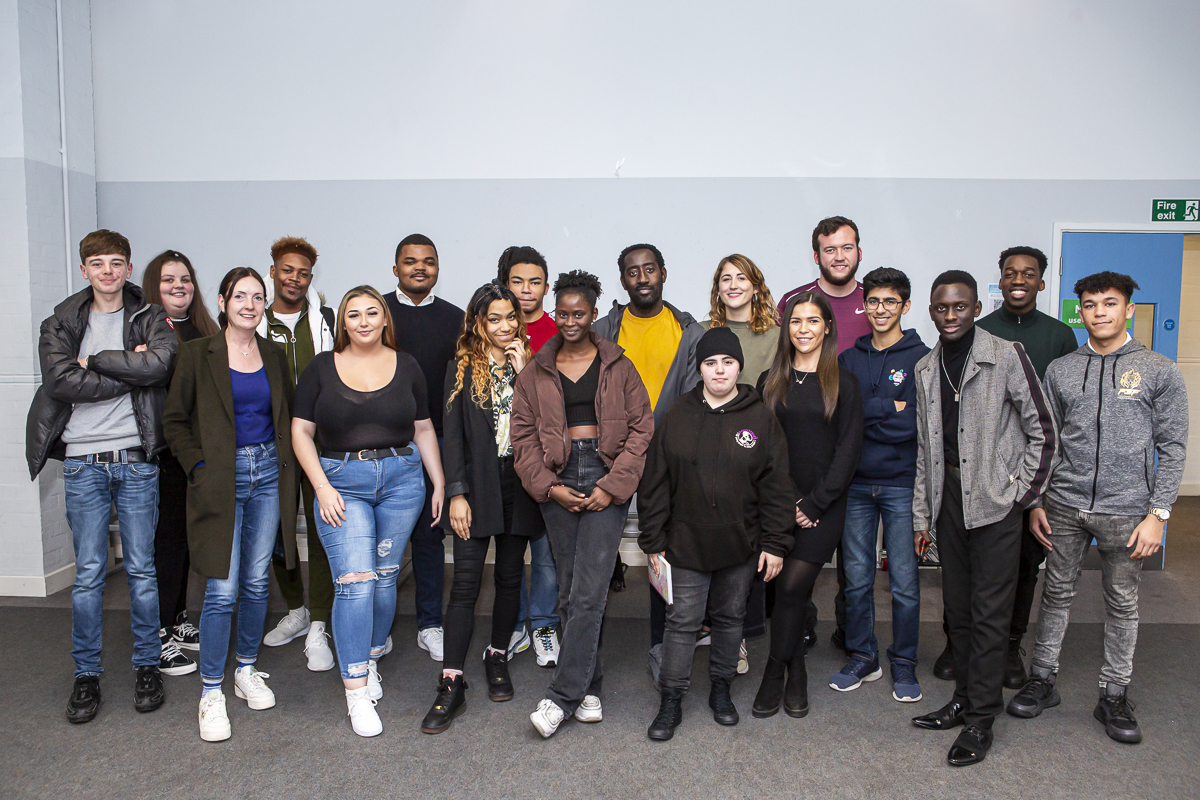Today we have announced the recipients of our COVID-19 grant round. 130 organisations from across England and Wales have been offered funding totalling £6.5m. The funding will support the delivery of new programmes and activities to help children and young people at-risk of being drawn into violent crime and tackle any problems that emerge during the COVID-19 pandemic.
The full list of organisations offered funding can be found HERE.
Competition for our COVID-19 grant round was extremely high. We received over 1,000 applications, requesting funding totaling over £54m.
That meant we had to make some difficult decisions. For those who took the time to apply and for future applicants, it’s important for us to explain how we narrowed the selection down and how we made these decisions.
To answer these questions, we wanted to share with you what we were looking for in potential projects and outline the main criteria we used when reviewing applications.
Our COVID-19 grant round has two very distinct aims:
- Provide targeted help and support to vulnerable young people (aged 10 to 14) who are at high risk of being drawn into serious crime and violence.
- Learn more about the best ways to reach, engage and support vulnerable young people under social distancing measures.
Every project had to meet the three following eligibility criteria:
- Operate in England and/or Wales.
- Have experience of working with young people.
- Predominantly support young people between the ages of 10 and 14 years old.
We used four main criteria to identify potential projects to fund
1. Organisations with an established track record
We were looking for organisations with experience of working with young people who are at high-risk of being drawn into crime and violence. Applications which stood out were the ones that best demonstrated they understood the needs of this group and how they’ve been impacted by COVID-19 and social distancing measures. Given the vulnerability of our target group, the strongest applications evidenced robust safeguarding policies and procedures which specifically addressed the issues of delivering support under social distancing measures and/or delivering online.
2. Clear project plan and ability to deliver
The strongest applicants provided a clear and detailed description of their proposed activities. They explained why they were needed, how they were responsive to the challenges presented by social distancing measures and how they would benefit vulnerable young people. Projects which specifically targeted young people at-risk, rather than offering activities more universal in nature, were given priority.
Given the pressing nature of the pandemic we were looking for organisations and projects which could start delivering relatively quickly, this meant having partners, relationships and networks established and ready to go to. Closely linked to this, the best applications demonstrated that they understood the risk factors associated with youth offending and had clear strategies and processes in place to identify, reach and engage young people at-risk, especially if they were proposing to engage young people currently unknown to them. For example, detailing how the referral process would work or how they would mitigate potential drop-out.
Lastly, we had to be confident projects could be delivered for their specified time period without significantly changing if social distancing measures eased.
3. Potential for learning
The Youth Endowment Fund was established to find what works best to prevent young people from being drawn into violent crime. When considering which projects to fund one question we always ask ourselves is ‘What can be learnt from this project?’ For example, we know there’s relatively little evidence on the effectiveness of virtual and online interventions on reducing youth crime and violence. So, for this grant round we were keen to support a number of projects which would help build our knowledge and understanding in this area.
Because it makes learning so much easier, we prioritised projects which could most clearly communicate how they make a difference to a young person’s life (sometimes referred to as a ‘theory of change’). We also gave priority to projects which involved a substantial amount of interaction between the young person and the practitioner (even if delivered virtually), as this has been shown to be so valuable.
4. Project costs
Finally, proposals were strengthened if they provided a clear breakdown of costs and explained how the funding would be spent.
Future funding
At the Youth Endowment Fund our focus is on finding what works to prevent young people committing violent acts and working with others to put those approaches into practice. Our emphasis on learning and evaluations means that – as with any funding – it might not be quite right for every organisation doing good work.
This is the start of ten years of work. We are going to be publishing our strategy in the Autumn. If you have experience in working with children and young people at-risk of being drawn into violent crime, we want to work with you to answer the questions it will pose. For example, where is there greatest potential to change what happens to children and young people at-risk? What approaches do we need to evaluate to show their impact, and build support and funding to expand them? Where does the system fail children and young people, and how can we show that a change in approach could transform their lives?
We want to work with you to build the evidence and create the change that is needed. By taking this approach and building partnerships to help spread and scale effective practice, we will help more vulnerable young people get the support they need, when they need it.
Further information about our funding and how you can help shape the future of our work will be included in the publication of our strategy in the coming months.
To get involved in turning our strategy into real change for children and young people and get the latest news from the Youth Endowment Fund, sign-up to our newsletter HERE.
Related content
-
Blog
Blog:Social Media and Violence Amongst Young People: A Growing Concern
Two questions I get asked a lot as head of the Youth Endowment Fund is “does social media cause violence?” and “what do we do about it?” So, here’s my attempt at some answers. Does social media cause violence? The short answer is we don’t know, but I think it’s likely. Here’s the thing: there… -
Blog
Blog:AI-Powered Insights into Youth Perspectives on Violence
Bringing together stories from 1000s of young people The efforts of Peer Researchers and the Delivery Partner organisations supporting them yielded a remarkable amount rich qualitative data from 4,600 young people on issues of violence. Initially, our priority was to validate GenAI’s capability to precisely analyse the diverse data originating from various locations throughout England… -
Blog
Blog:What have the Youth Endowment Fund been doing over the past five years? Jon Yates explains.
It is five years since the Youth Endowment Fund was born. Five years is a long time – I know because I had a three-year-old when this work started. She’s been replaced by someone who is eight. We exist because she should be growing up in a world where all children feel safe. But that’s…



